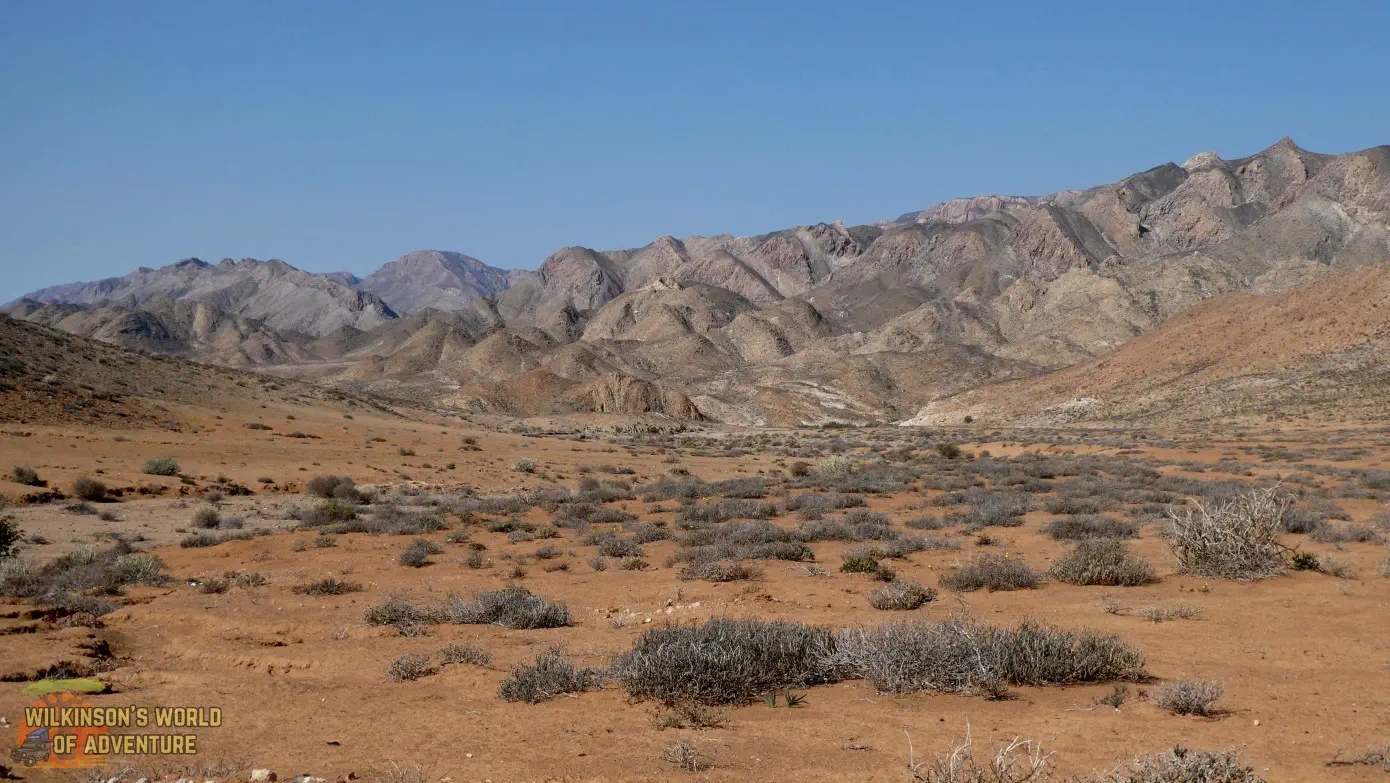It’s always wonderful to explore remote places, especially when you’ve heard about the spectacular scenery they offer. What makes these kinds of trips truly enjoyable is the opportunity to experience beauty without the crowds. Sitting beneath a night sky, knowing that there isn’t another soul around for miles, is a truly magical experience.
Richtersveld – a desert gem
One of our most memorable journeys took us to the Richtersveld National Park, a world heritage site in northern South Africa. This beautiful arid park lies on the border of Namibia, sharing many of the captivating characteristics of its desert landscapes. The geographical and floral wonders of this park are quite unique, so it’s advisable to buy their beautifully presented official information book to use for reference purposes during your visit. The scenery is truly out of this world, and while the weather is generally pleasant, it can be quite extreme in terms of heat during summer and cold during winter.
Ours was a winter trip because Rob wanted to cycle at a cooler time of the year. I’m not going to talk about his cycling, as he might cover that in another blog, rather I’d like to share some photos of the scenery that we enjoyed in the park.
The Hand of God
We entered the park at Sendelingsdrift and made our way to our first campsite at De Hoop. One of the attractions along this route is a rock formation called “The Hand of God”.
On the drive to De Hoop, there were moments when I held my breath as we made our way through narrow rock passes. Fortunately, we had a skilful driver and there were no mishaps. One needs a 4×4 to negotiate the roads in the Richtersveld, and also spare tyres, because the rocky roads often cause punctures. However, the scenery, which gets more spectacular the further one drives into the park, more than makes up for minor inconveniences like punctures.
Camping at De Hoop
De Hoop is situated on the banks of the mighty Orange River, making it a popular spot for both campers and fishermen. They have 12 campsites and adequate ablution facilities. With just two other campers there we still felt a sense of isolation. Our time was spent walking around the area and enjoying the diverse birdlife that frequented the river and our campsite.
As the sun went down in the evenings, it transformed the mountains across from our campsite into gold.
Kokerboomkloof – Rocks and Quiver Trees
Our second campsite was at Kokerboomkloof, where we also spent two nights. The drive to this campsite takes one through landscapes that literally take your breath away. The rock formations here make the area very special and we camped right up against a huge boulder that gave us some shade and a measure of protection from the wind.
This campsite is named after the beautiful Kokerbome (Quiver trees) that dot the landscape and draw photographers like magnets. A highlight was watching a full moon rise to silhouette the boulders and Kokerbome surrounding us. The silence and the landscape made us feel like we were the only ones on planet earth. We also had some of the locals come and pay us a visit.
The Secret Valley
From Kokerboomkloof we visited a place called The Secret Valley. Here one sits on a natural rock wall to gaze down at a hidden valley below, that changes moods as the sun moves overhead. The shadows formed different patterns and we sat and appreciated how honoured we were to experience scenes like this. There were even some beautiful desert flowers to add a touch of colour to the scenery.
Lasting Impressions
To return to Sendelingsdrift for our final night, we made our way out to Helskloof Gate, which made for some interesting driving. We stopped often to photograph the scenery and the flowers. I’ve always said that photographs don’t really do justice to a scene, unless of course you’re a professional landscape photographer, but we have many of these scenes etched into our memory and revisiting the pictures brings it all back to us.
HAVE YOU CHECKED OUT OUR YOUTUBE CHANNEL? https://www.youtube.com/@wilkinsonsworld



Recent Comments